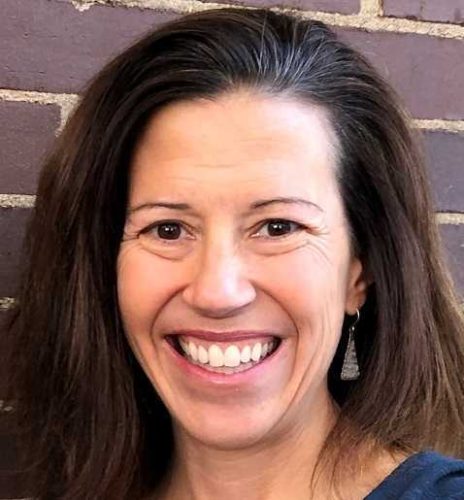Identifying new teacher pipelines is a priority for districts striving to build a stable, effective workforce. While many have focused on recruiting paraprofessionals into teaching, districts have largely overlooked substitute teachers—a longstanding and substantial presence in schools—as a source of future educators.
A new working paper by Hannah C. Kistler, Bila Djamaoeddin, Kate Donohue, John P. Papay, and Nathaniel L. Schwartz suggests that this is a missed opportunity. Using a decade of data from a mid-sized urban district, the study compared how often paraprofessionals and substitutes transitioned into full-time teaching roles. Despite greater district investment in the para-to-teacher pipeline, substitutes became teachers at five times the rate of paraprofessionals (16% of substitutes, compared to only 3% of paras).
The data also points to key benefits: Substitutes who transitioned into teaching roles increased workforce diversity, filled hard-to-staff positions, and remained in the profession at rates comparable to other new teachers. They also moved into teaching roles much more quickly—typically within three years—compared to paraprofessionals, who took a median of 13 years.
Substitutes bring classroom familiarity, instructional experience, and, in many states, already hold a bachelor’s degree—making the path to licensure less cumbersome than for some other staff. This positions them as a promising, underutilized group of prospective full-time teachers.
However, leveraging this pipeline requires more than just identifying substitutes with teaching potential. In the district studied, most substitutes and paraprofessionals entered teaching on emergency certificates (meaning they had not met the full requirements of licensure). This highlights the need for districts to build structured, high-quality training and certification programs for any in-house teacher pipeline. Without such programs, neither teachers nor their students are set up for success.
Reframing substitute teachers as not merely stand-ins but prospective future educators gives districts an opportunity to expand and diversify their teacher pipelines in a scalable and cost-effective way. With thoughtful investment and support, districts can turn this often overlooked workforce into a lever for effective teacher staffing and improved student outcomes.

